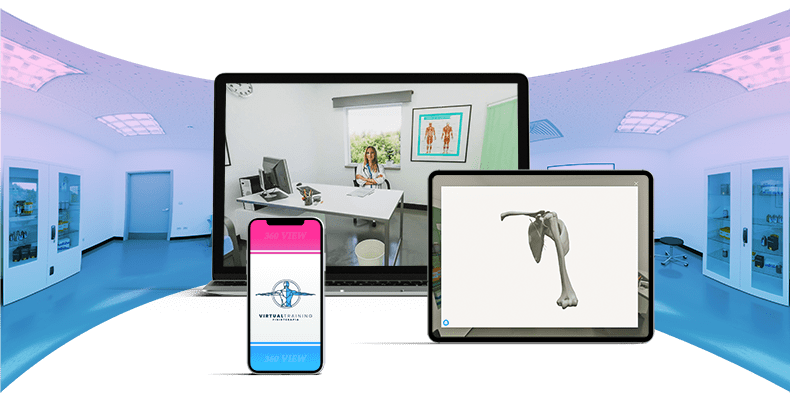Immersive technologies, such as Virtual Reality (VR) and Augmented Reality (AR), are revolutionizing various sectors, from education to gaming. But how can they influence reading? Our article explores how these technologies are transforming the reading experience and enhancing reader engagement.
What Are the Benefits of Immersive Reading?
Traditionally, reading is a linear and visual activity where the reader interprets the text on a page or screen. With immersive technologies, this experience is enriched with visual, auditory, and interactive elements that engage multiple senses, creating a deeper, more engaging, and memorable experience. Here are some examples:
- Virtual Reality books: readers are immersed in virtual environments that recreate the book’s settings, allowing them to experience the story firsthand.
- Augmented Reality in children’s books: AR books add animated and interactive elements, making learning more engaging.
- Interactive narrative experiences: the combination of storytelling and immersive technologies allows readers to interact with the plot, influencing its development.
At AR Market, we create books for children and young adults enriched with Augmented and Virtual Reality content and games. Our goal is to merge traditional printed books with digital innovation, combining learning with the power of play and fun while stimulating the reader’s imagination. www.appjunior.armarket.it

The Benefits of Immersive Reading
- Increased engagement: interactive elements make reading more dynamic and exciting.
- Enhanced Learning: students can better understand complex concepts through interactive experiences that also make concepts more memorable.
- Inclusion and accessibility: immersive technologies can assist people with reading difficulties by providing customized visual and audio support.
Despite the numerous advantages, immersive reading still presents some challenges, such as the cost of the technologies, the need for digital devices like smartphones and headsets, and some adults’ reluctance to allow younger generations to access these technologies.

Conclusion
Immersive technologies are opening new possibilities for reading, transforming it into a multisensory experience. While there are still obstacles to overcome, the future of reading could become increasingly interactive and engaging, redefining how we access and experience texts and content.




